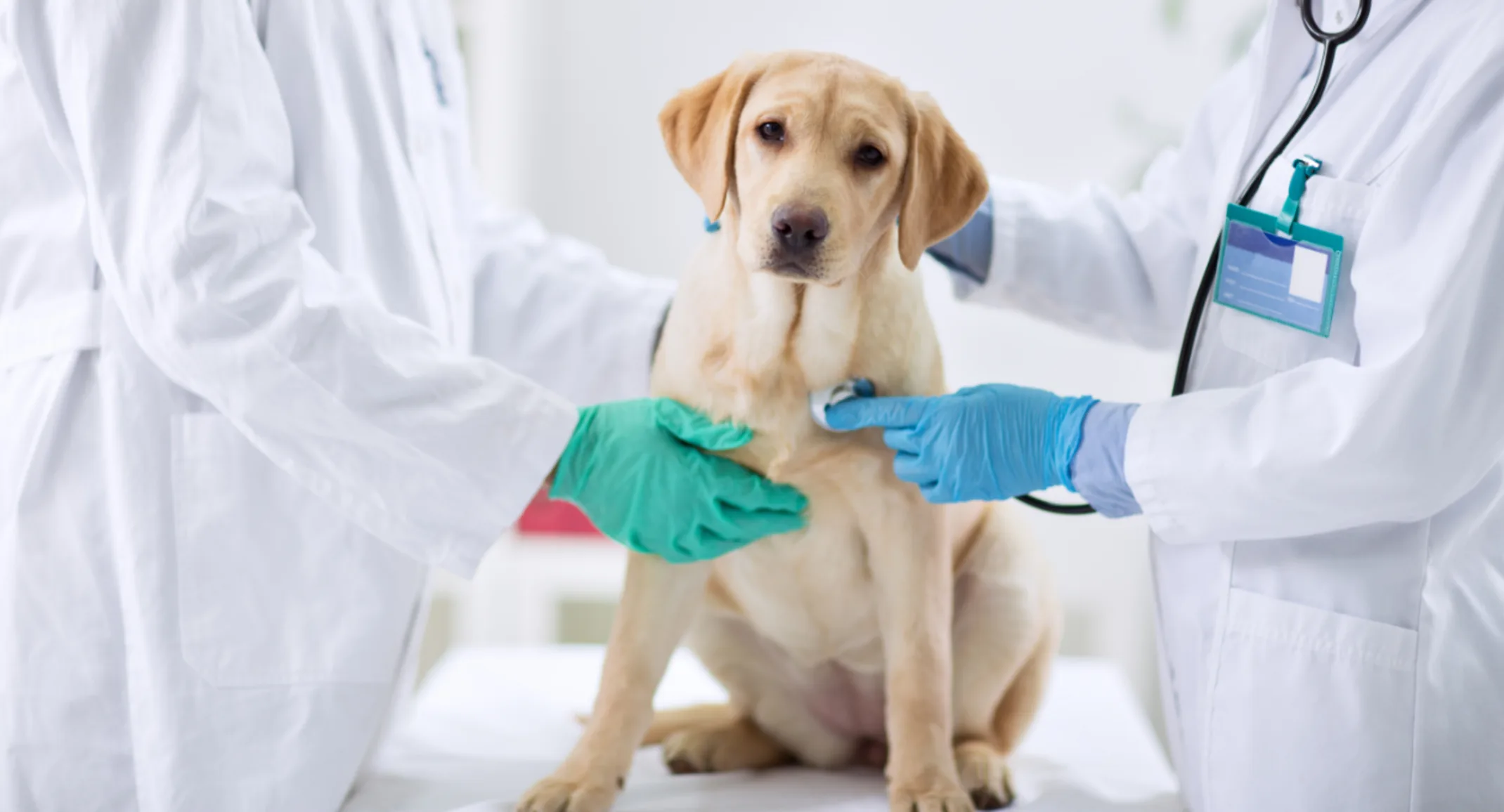Why Spaying and Neutering Your Pet Is One of the Best Things You Can Do
May 20, 2025 · Veterinary Services

As a pet owner, your love for your furry companion is undeniable. You provide food, shelter, affection, and medical care—but there’s one more step that plays a major role in your pet’s long-term health and well-being: spaying or neutering.
This simple procedure is often overlooked or delayed, but it’s one of the most responsible and compassionate choices you can make. Here’s why:
🐾 What Does Spaying and Neutering Mean?
Spaying is the surgical removal of a female animal’s ovaries and uterus.
Neutering (or castration) is the surgical removal of a male animal’s testicles.
These procedures are routine, safe, and typically involve a short recovery time.
💕 Health Benefits for Your Pet
Spaying and neutering can significantly improve your pet’s quality of life. Here’s how:
Prevents certain cancers: Spaying eliminates the risk of ovarian and uterine cancers and greatly reduces the risk of mammary tumors in females. Neutering eliminates the risk of testicular cancer and lowers the risk of prostate problems in males.
Reduces roaming and risky behavior: Pets looking to mate often escape, roam, and get into fights or accidents. Fixed pets are less likely to run away or get hurt.
Improves behavior: Neutering can reduce aggression, spraying, and marking in male pets. Spayed females won’t go into heat, which means less yowling, restlessness, and unwanted attention from other animals.
🐶🐱 Helps Control the Pet Population
Millions of unwanted pets enter shelters every year. Sadly, not all of them find homes.
Spaying and neutering:
Reduces the number of homeless animals.
Lowers shelter intake and euthanasia rates.
Prevents accidental litters that may be difficult to find homes for.
Even if your pet is well-cared for, their offspring may not be so lucky.
🌍 It’s Good for the Community
Unaltered pets contribute to overpopulation, which can overwhelm animal shelters and lead to more stray animals. Strays may:
Cause traffic accidents.
Spread disease.
Harm local wildlife.
By spaying and neutering, you’re helping create a safer, healthier environment for animals and people alike.
❓ Common Myths (and the Truth)
"It’s better to let my pet have one litter first.”
Not true. There’s no health benefit to letting your pet have a litter. In fact, early spaying/neutering is often easier and safer.
“My pet will get fat and lazy.”
Nope! Weight gain is about diet and exercise—not surgery. Keep your pet active and healthy with the right food and playtime.
“It’s too expensive.”
Many clinics and shelters offer low-cost or even free spay/neuter services. In the long run, it’s far cheaper than caring for litters or dealing with health problems from remaining unaltered.
💡 When Should I Spay or Neuter My Pet?
It depends on your pet’s species, age, and health. Many veterinarians recommend doing it as early as 4–6 months of age, but adult pets can benefit too.
Talk to your vet about the best time for your pet.
❤️ A Final Word
Spaying and neutering isn’t just about preventing puppies or kittens—it’s about protecting your pet’s health, reducing suffering in the animal community, and being a responsible pet parent.
It’s a small step with a huge impact.
Have questions about spaying or neutering?
Talk to your local veterinarian or animal shelter. They can walk you through the process and even help you find low-cost options in your area.
Because when we care for our pets, we’re caring for all animals.
